What should we pay attention to when selecting industrial camera lenses?
The selection process of industrial camera lenses is a process of gradually clarifying the parameters of industrial camera lenses. As an imaging device, industrial camera lenses usually form a complete image acquisition system together with light sources, cameras, and image analysis algorithms. Therefore, the selection of industrial camera lenses is restricted by the requirements of the entire system. The following points need to be considered when selecting models:
1. Wavelength, zoom or not
It is relatively easy to determine the working wavelength of the industrial camera lens and whether it needs zooming. In the application of changing the magnification during the imaging process, a zoom lens is used, otherwise a fixed-focus lens can be used.
2. Working distance, focal length
Working distance and focal length are often considered together. Generally, the resolution of the system is first determined, and the magnification can be known by combining the CCD pixel size, and the approximate object image distance can be known by combining the spatial structure constraints, and the focal length of the industrial camera lens can be further estimated. Therefore, the focal length of the industrial camera lens is related to the working distance, system resolution and CCD pixel size of the industrial camera lens.
3. Image size and image quality
The size of the image surface of the selected industrial camera lens should be compatible with the size of the photosensitive surface of the camera, and follow the principle of "larger is compatible with smaller" - the photosensitive surface of the camera cannot exceed the size of the image surface marked on the lens - otherwise the image quality of the edge field of view will not be guaranteed . The requirements of image quality mainly focus on MTF and distortion. In measurement applications, distortion should be given particular attention.
4. aperture and interface
The aperture of the industrial camera lens mainly affects the brightness of the image surface. But in current machine vision, the final image brightness is determined by many factors: aperture, camera gain, light source, etc. Therefore, in order to obtain the necessary image brightness, there are many links for adjustment.
Pomeas independently designs and produces optical lenses, with a variety of products, and can provide industrial camera lens selection solutions to provide customers with one-stop service.
Product recommendation
TECHNICAL SOLUTION
MORE+You may also be interested in the following information
FREE CONSULTING SERVICE
Let’s help you to find the right solution for your project!


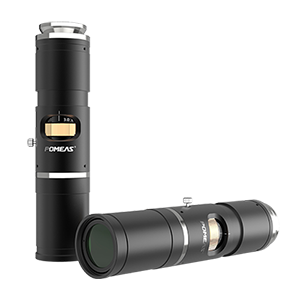

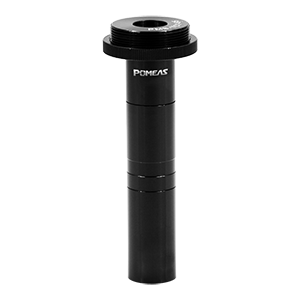
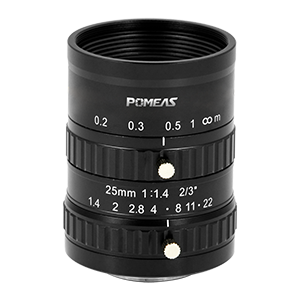
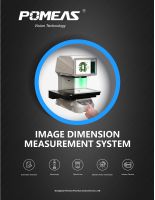

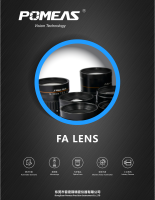
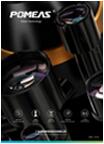
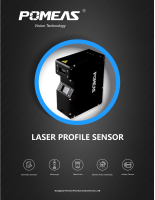
 ASK POMEAS
ASK POMEAS  PRICE INQUIRY
PRICE INQUIRY  REQUEST DEMO/TEST
REQUEST DEMO/TEST  FREE TRIAL UNIT
FREE TRIAL UNIT  ACCURATE SELECTION
ACCURATE SELECTION  ADDRESS
ADDRESS Tel:+ 86-0769-2266 0867
Tel:+ 86-0769-2266 0867 Fax:+ 86-0769-2266 0867
Fax:+ 86-0769-2266 0867 E-mail:marketing@pomeas.com
E-mail:marketing@pomeas.com
